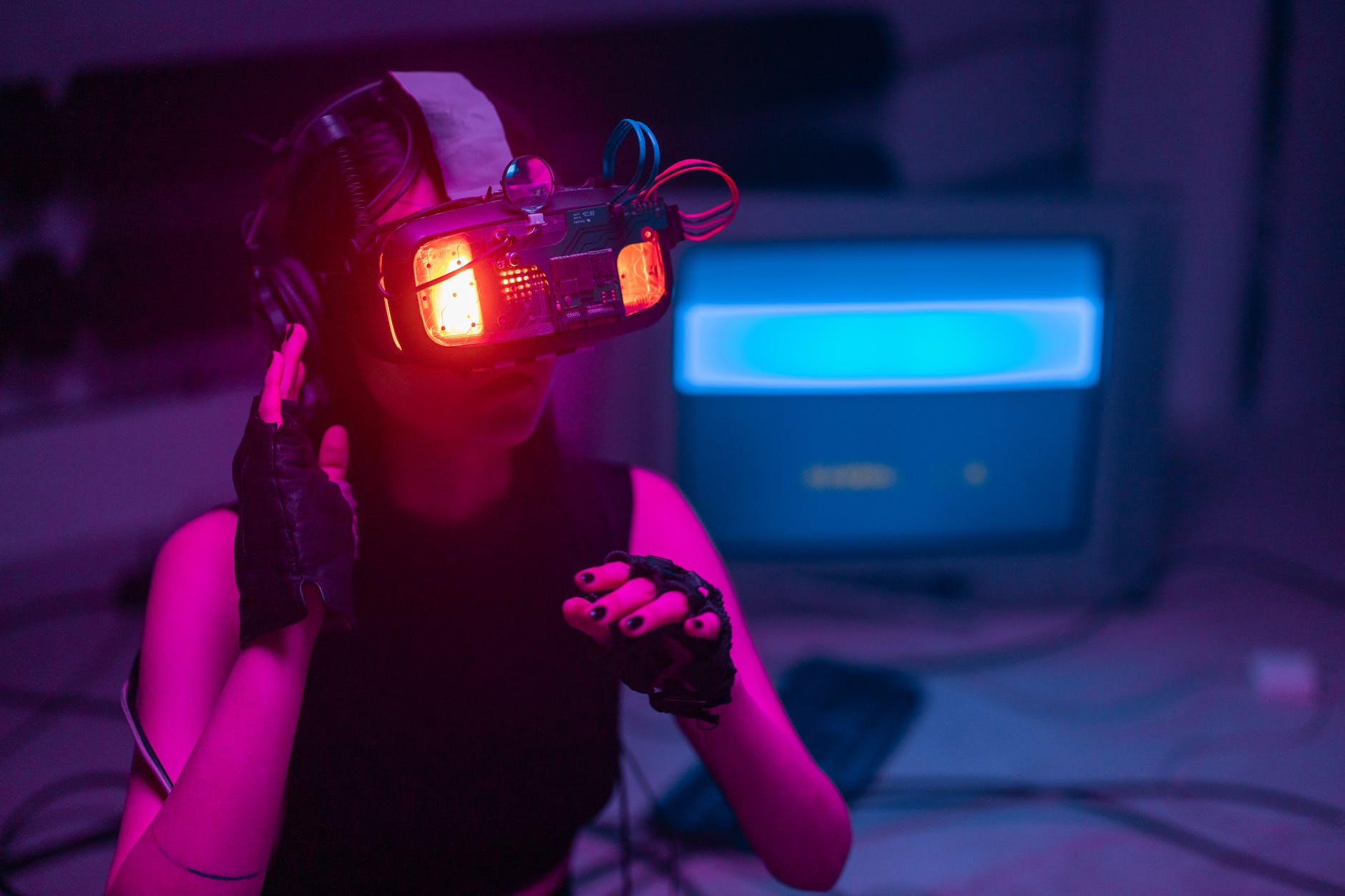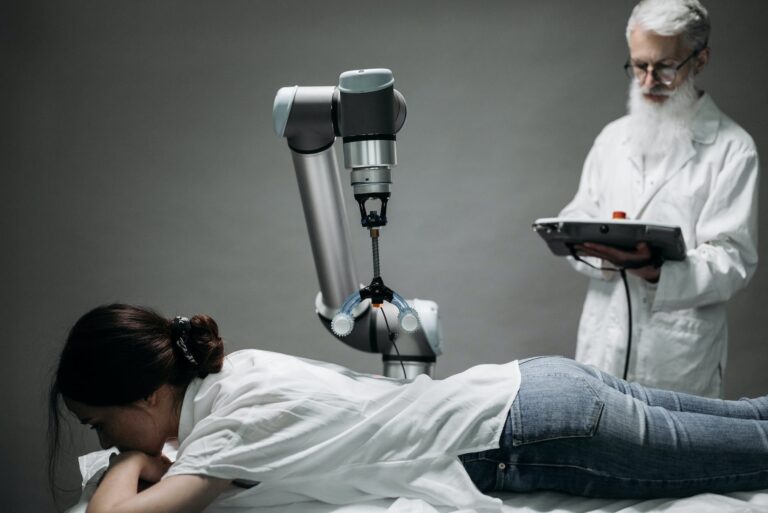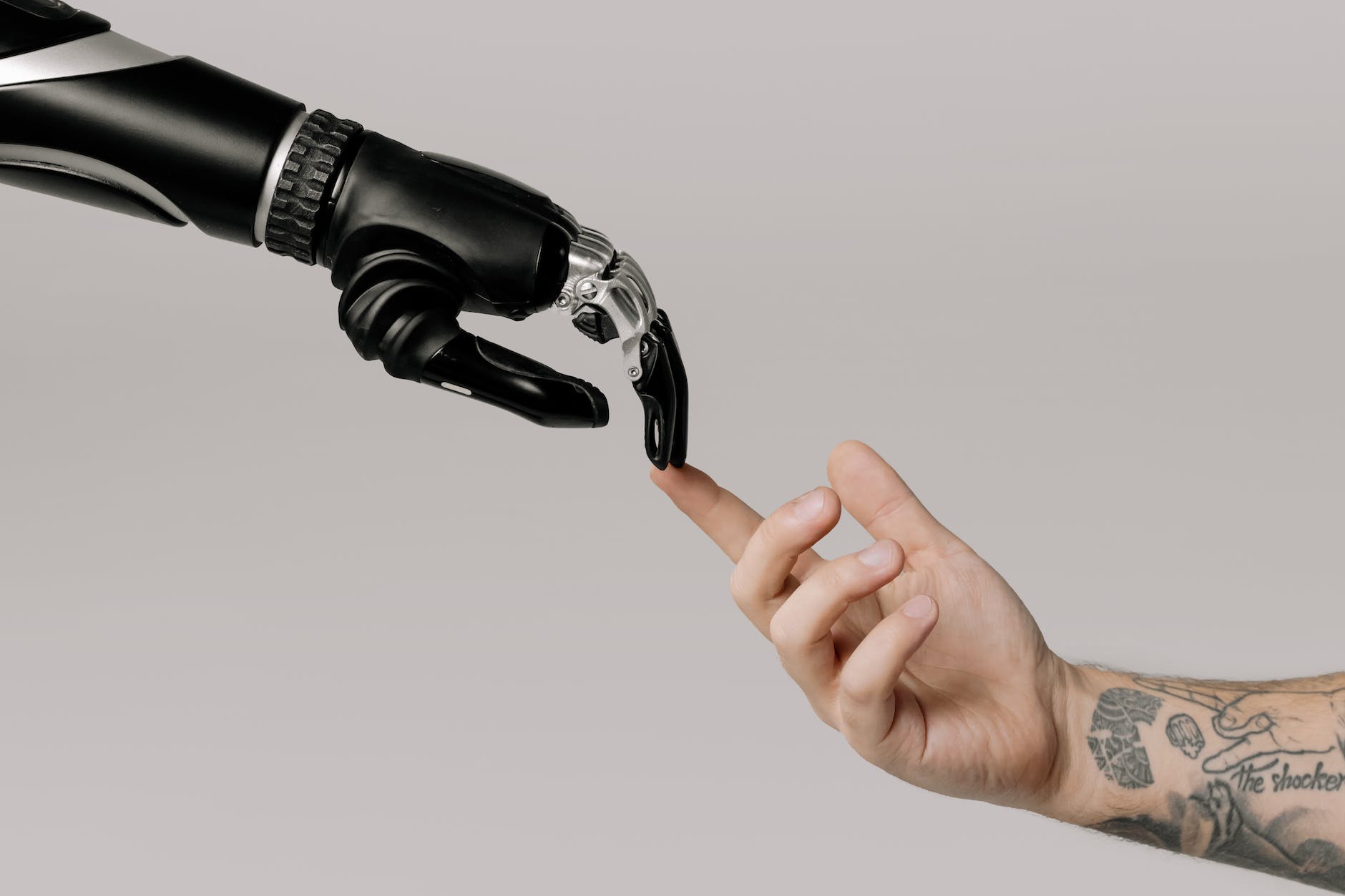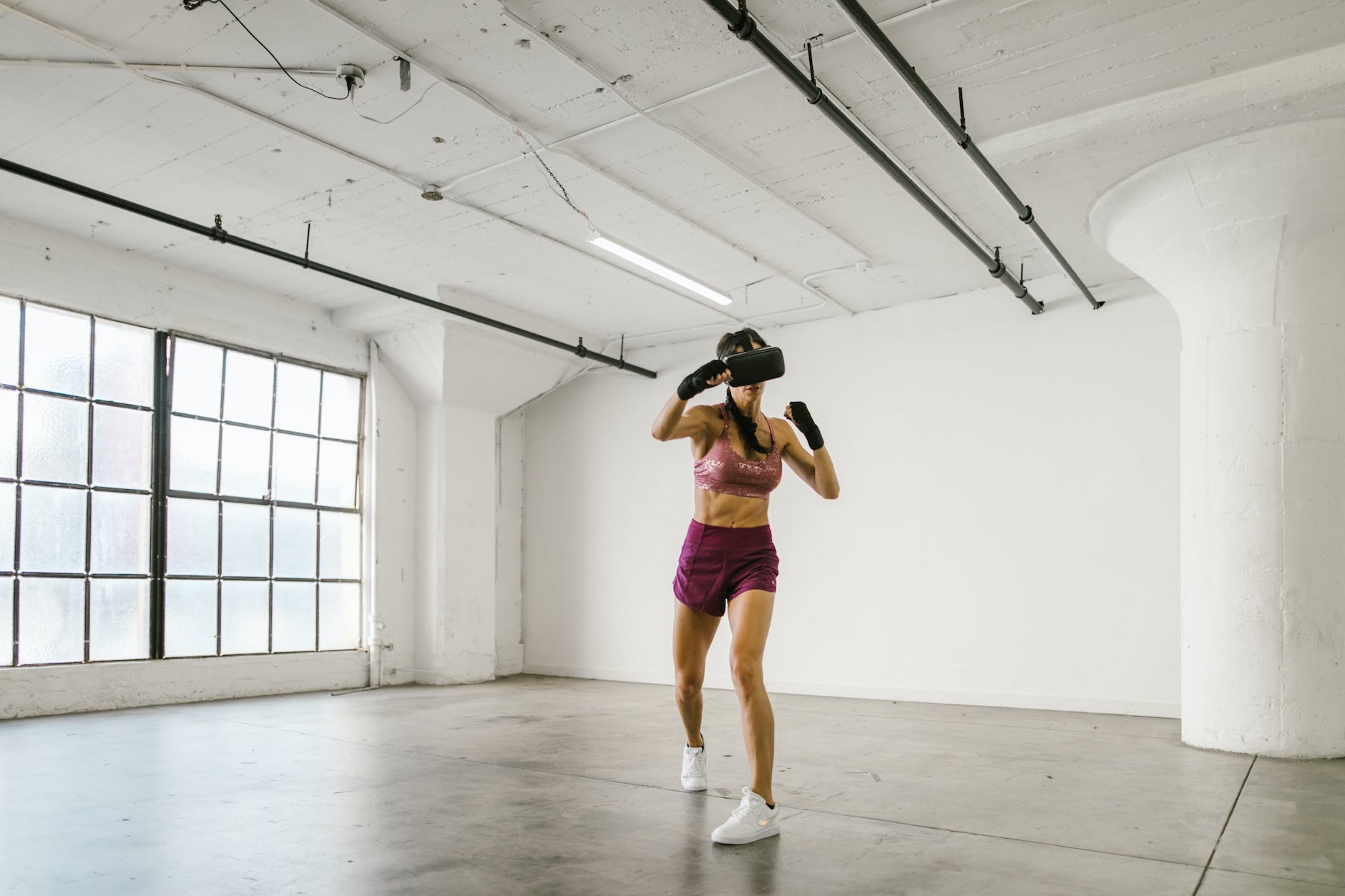In an increasingly connected world, the paradox of feeling isolated or disconnected persists, affecting individuals across various walks of life. This sense of isolation can stem from a myriad of sources, ranging from personal circumstances to broader societal changes, and has significant implications for mental health.
Loneliness, as a subjective feeling of being alone regardless of the amount of social contact, can lead to ‘social isolation,’ where there is an objective lack of interaction with others. The ‘mental health impact’ of these experiences is profound, potentially leading to depression, anxiety, and other emotional disturbances.

Combatting feelings of isolation requires a multi-faceted approach. ‘Relationship building’ and ‘community engagement’ are crucial in fostering connections that can alleviate loneliness. This might involve participating in local events, joining interest-based groups, or volunteering, which can provide ‘volunteering opportunities’ to connect with others while contributing to the community.
For some, the digital age has exacerbated feelings of disconnection, leading to ‘digital disconnection.’ However, technology can also be a tool for connection. ‘Online communities’ and social media can offer spaces for individuals to share experiences and find support, though it’s essential to balance online interactions with face-to-face connections.
‘Support networks’ play a vital role in overcoming isolation. This includes friends, family, and professional support from therapists or counselors, who can provide strategies for ‘therapy and counseling’ to manage the emotional effects of loneliness.
‘Mindfulness and meditation’ along with ‘self-care practices’ are valuable for managing the internal aspects of feeling disconnected. These practices can help individuals foster a sense of inner peace and presence, reducing feelings of loneliness by enhancing one’s relationship with oneself.
Ultimately, feeling isolated or disconnected is a challenge that many face, but through intentional action towards building connections and seeking support, it is possible to overcome loneliness and foster a sense of belonging and emotional well-being.




















